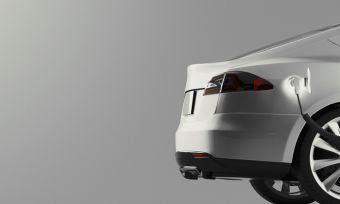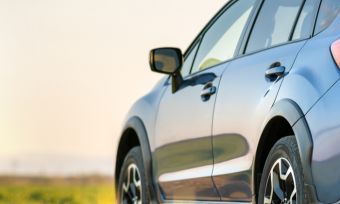What was the Clean Car Discount?
The Clean Car Discount was a government initiative, introduced in July 2021. Originally it provided fixed rebates for consumers who purchased electric (EV) and hybrid (PHEV) vehicles.
Over the next two years it evolved into a sliding scale of rebates and fees that rewarded consumers who purchased low-emissions vehicles, and penalised those who bought high-emissions vehicles. These extra charges on gas-guzzlers were nicknamed the Ute Tax.
The scheme was intended to be fiscally neutral, with the Ute Tax charges covering all rebates and administration costs. However, due to the rise in uptake of EVs and PHEVs, more was paid out in rebates than gathered in charges. This blow-out in costs was one of the reasons the scheme was dropped.
Importantly, from March 31, 2024, EV users will also have to pay the road user charge (RUC), which will significantly increase the cost of operating an EV.
RUC fees go towards maintaining and improving the road network, and are currently paid by those who drive diesel vehicles.
Petrol vehicle drivers pay their part through tax on gas. However, from April 2024, EV owners will also have to contribute to the upkeep of the road network by paying RUCs. Currently, the RUC is priced at $76 per 1000km.
Compare car loans with Canstar
The table below displays some of the unsecured personal loan products available on Canstar’s database for a three-year loan of $10,000 in Auckland (some may have links to lenders’ websites). The products are sorted by Star Rating (highest to lowest) followed by company name (alphabetical). Use Canstar’s personal loan comparison selector to view a wider range of products on Canstar’s database. Canstar may earn a fee for referrals.
Compare car loans with Canstar
About the author of this page
This report was written by Canstar’s Editor, Bruce Pitchers. Bruce has three decades’ experience as a journalist and has worked for major media companies in the UK and Australasia, including ACP, Bauer Media Group, Fairfax, Pacific Magazines, News Corp and TVNZ. Prior to Canstar, he worked as a freelancer, including for The Australian Financial Review, the NZ Financial Markets Authority, and for real estate companies on both sides of the Tasman.
Enjoy reading this article?
You can like us on Facebook and get social, or sign up to receive more news like this straight to your inbox.
By subscribing you agree to the Canstar Privacy Policy





Share this article